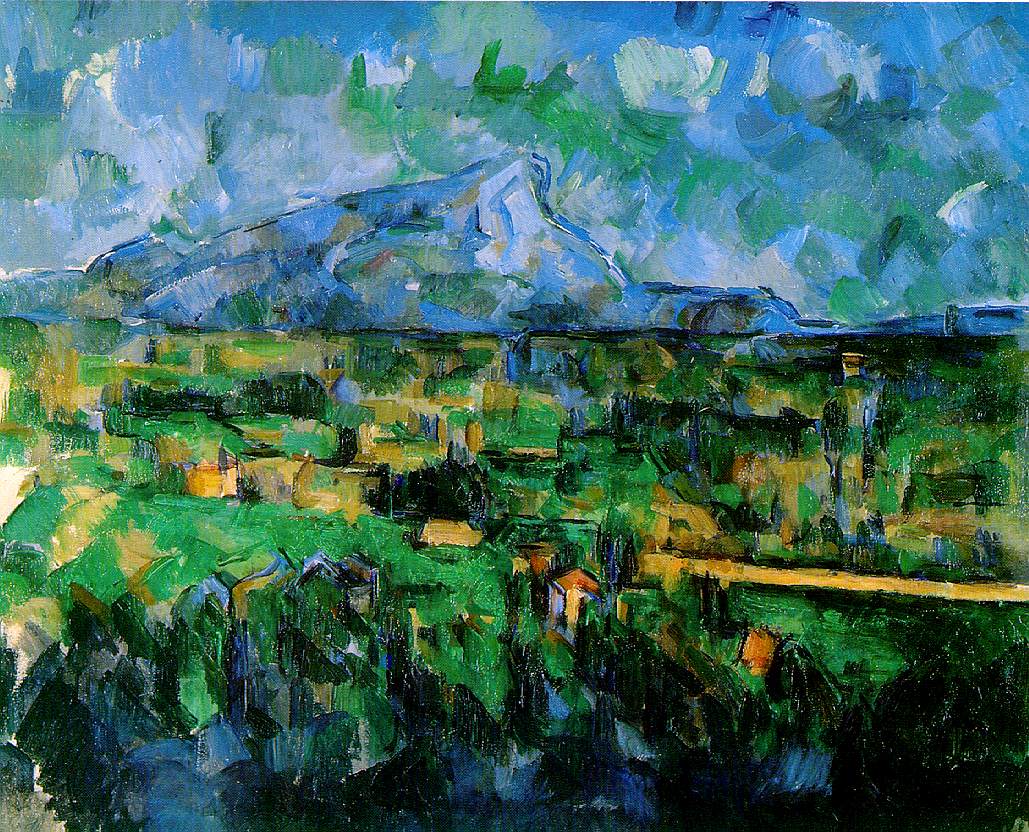Renunciation of Worldly Goods
7:00 AM |
| Giotto, Renunciation of Worldly Goods, 1300 |
Good to see you, Giotto. I haven’t seen your 28 fresco series, The Legend of St. Francis, since last year. I distinctly remember sitting in class on a late August day in 2014, starting at grainy black and white prints surrounded by text. I didn’t know what to make of this painting, much less any others featured in our assigned reading packets. “I don’t get it,” I’d think, “What is this supposed to mean to me?” The seniors around me, Art History veterans, articulated their thoughts beautifully. It was as if they were looking at a different painting — a stunning, more meaningful piece of art.
So then I wonder, as the Art History newcomers saw Mark Rothko’s paintings at the beginning of the year, did they think the same thing? We can’t compare Rothko’s abstract expressionism with Giotto’s early Renaissance frescoes, but they do share one thing in common. We probably didn’t “get it” at first glance.
Giotto, an Italian painter, spearheaded the early Renaissance movement. Successor to Duccio and Cimabue, he primarily painted for churches. Many other Renaissance artists continued this trend, painting unique visions of biblical scenes. At first glance, I saw a primal piece of work in Renunciation of Worldly Goods. False perspective, anatomically flawed bodies, and all around stiffness plagued my eyes. Only when our class started to discuss the painting did I stop to think about how this must have looked in the 14th century. Later, we learned about the period eye, conceptualized by Michael Baxandall. Cultivating an understanding through a circumstances of the time in which it was created is an integral part of appreciating historical art.
Needless to say, Renunciation of Worldly Goods won me over in the end. St. Francis stares off into heaven, and a reply signals down with a gentle hand. Everything, even his clothes, has been renounced in the name of God. Surrounding him, displeased townspeople, glaring at the public display. A stern looking churchman covers St. Francis, and refuses to look at the true saint before him. Despite all that makes this painting funny, weird, or just uncomfortable, there are genuine elements of humility and purity.
Dear juniors and seniors, this painting is my gift to you. Stick with Art History, be it here or in college. Though I signed up for Art History on a whim, I consider what I’ve learned here to be deeply valuable.
Editor's Note: Students were asked to give a painting to someone or something they cared for. These are their moving responses.




_-_Google_Art_Project.jpg)






0 comments